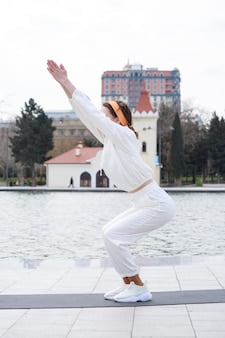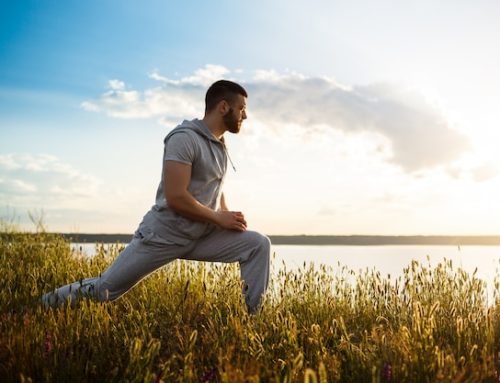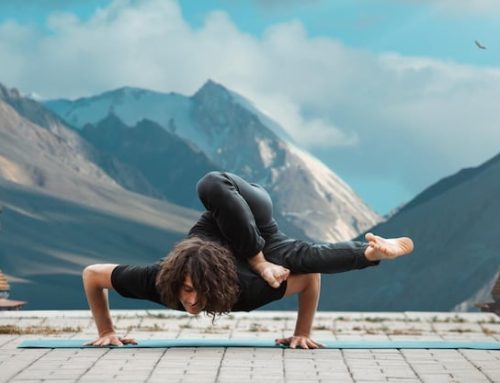The Five Rules of Tai Chi
Tai Chi is an ancient form of Chinese exercise that is often referred to as a moving meditation. Its slow, graceful movements and routines are known to improve balance, boost energy levels, and enhance overall well-being. Tai Chi is a low-impact exercise that is suitable for all ages and fitness levels. However, to enjoy the full benefits of Tai Chi, it is essential to understand and practice its five rules.
Rule #1: Relaxation
The first rule of Tai Chi is relaxation. It is essential to be completely relaxed throughout the practice of Tai Chi, both physically and mentally. Relaxation helps to reduce stress, anxiety, and tension in the body, allowing the mind to focus and concentrate. According to Tai Chi philosophy, relaxation is a prerequisite for achieving internal peace and harmony.
Rule #2: Body Alignment
The second rule of Tai Chi is body alignment. A proper body alignment ensures that the body is in balance, and the energy flows smoothly throughout the body. Tai Chi practitioners aim to align their posture correctly by keeping their spine straight, their shoulders relaxed, and their hips level. Proper body alignment helps to prevent injuries, improve flexibility, and enhance physical fitness.
Rule #3: Breathing
The third rule of Tai Chi is breathing. Tai Chi emphasizes the importance of deep, slow, and controlled breathing. Proper breathing helps to calm the mind, reduce stress, and increase oxygen levels in the body. Tai Chi practitioners focus on breathing in and out through their nose, filling the lungs completely, and exhaling slowly and steadily.
Rule #4: Mindfulness
The fourth rule of Tai Chi is mindfulness. Mindfulness is the art of being present in the moment and paying attention to one’s thoughts, feelings, and surroundings. Tai Chi practitioners aim to practice mindfulness to enhance their awareness, focus, and concentration. To achieve mindfulness, one must clear their mind of all distractions and be fully immersed in the present moment.
Rule #5: Flowing Movements
The fifth rule of Tai Chi is flowing movements. Tai Chi movements are slow, graceful, and continuous. The movements are designed to flow seamlessly from one to the next, like a dance. Tai Chi practitioners aim to move smoothly and effortlessly, without any jerky or abrupt movements. Flowing movements help to improve balance, coordination, and flexibility.
Tai Chi Exercises
Tai Chi exercises are easy to learn and can be done anywhere, anytime. There are many different forms of Tai Chi, each with its unique movements and routines. Tai Chi exercises can be done alone, or in a group setting. Tai Chi is suitable for all ages and fitness levels, making it a popular exercise option for seniors, those with limited mobility, and people recovering from injuries.
| Benefits of Tai Chi Exercises |
|---|
| Improved balance and coordination |
| Reduction in stress and anxiety |
| Enhanced flexibility and range of motion |
| Increased energy levels |
| Better cardiovascular health |
Conclusion
In conclusion, Tai Chi is a beautiful and ancient form of Chinese exercise that offers many health benefits. To practice Tai Chi effectively, it is essential to understand its five rules: relaxation, body alignment, breathing, mindfulness, and flowing movements. By following these rules, one can enjoy the full benefits of Tai Chi and achieve internal peace and harmony. Tai Chi exercises are easy to learn and can be done anywhere, making it a popular choice for people of all ages and fitness levels. By incorporating Tai Chi into your daily routine, you can improve your overall well-being and lead a healthier, happier life.





